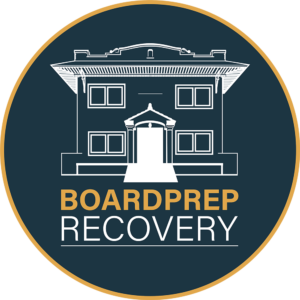According to the National Council of State Boards of Nursing, the percentage of nurses in the U.S. who have a substance use disorder (i.e., dependence on alcohol and/or drugs) is about 10%, similar to the percentage of the general population.[1] Given the large number of nurses working in the field—approximately 4 million[2]—this rate of addiction represents a significant problem for our country’s system of healthcare.
Indeed, in a 2010 article published in the Journal of Nursing Regulation, the authors D.H. Angres, M.D., et al state, “Nurses with chemical dependency pose a threat to patient safety, their own health, and the reputation of the nursing profession. To achieve the best possible outcomes for all involved, they must be identified promptly, treated appropriately and, when appropriate, allowed to reenter the workplace with stringent monitoring.”[3]
It is no surprise the vital roles nurses play in their patients’ healthcare naturally place rigorous demands on them, and the current COVID-19 pandemic has only added more stress to their heavy workload. When factoring into the “normal” strain of their jobs the access they have to prescription medications, the number of nurses becoming addicted each year becomes more understandable.
And since it’s typical to view nurses as “problem solvers” when it comes to patients and healthcare in general, facing their own need for and ability to accept help can be downright challenging—especially when it comes to seeking medical help fort a substance use disorder.
When addiction treatment providers acknowledge and effectively address this difficulty nurses often find in accepting the role of a “patient,” they’re establishing one of the most important keys to a nurse’s successful recovery—building a bond of trust with the nurse seeking treatment.
There are other unique dimensions to addiction treatment for nurses, as well. In a 2018 Psychology Today article, Dr. Indra Cidambi says, “Nurses in treatment usually have some guilt associated with not working, as most have been working long hours at their jobs. As a care provider, I have to emphasize to nurses that it is high time they had some ‘me time’ and took care of themselves, so that they can start caring for their patients again.”[4]
For those nurses who have an opioid dependency problem, an educated and science-based perspective on addiction treatment can help address common misunderstandings and stigma surrounding medical treatment of addiction. For example, the use of buprenorphine—a partial opioid agonist—in treatment can help mitigate one’s withdrawal symptoms… yet it is often viewed as “substituting one drug for another.” Given buprenorphine can be a valuable ally in the process of recovery by reducing or eliminating cravings, medical doctors working at treatment centers and professional addictions specialists can prove invaluable in clarifying important areas of understanding for nurses in treatment.
The bottom line is this: nurses seeking recovery from a substance use disorder can find ample professional help—including medically assisted treatment—to get free of the horrors of chemical dependency and begin building a new life, inclusive of returning to their nursing careers. As Dr. Cidambi concludes, “Medication provides a safety net when these nurses go back to work, as long as they are monitored through random urine screens at an extended outpatient program. Part of treatment involves working with nurses afflicted by (substance) use disorder to prevent relapse during this ‘trying to go back to work’ phase, and supporting their candidacy for license reinstatement with appropriate letters and reference articles to educate the nursing authorities.”
The most important step for any nurse with a substance use disorder is the first one: reach out for help with an openness to receiving it.
[1] https://www.ncsbn.org/SUDN_11.pdf
[2] https://www.nursingcenter.com/ncblog/may-2020/u-s-nurses-in-2020
[3] https://www.journalofnursingregulation.com/article/S2155-8256(15)30361-6/abstract







